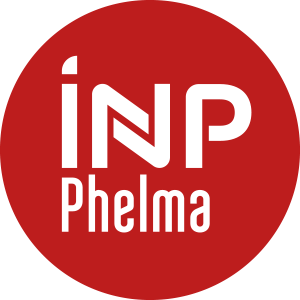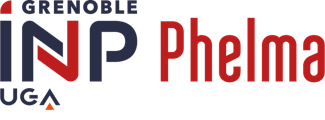Number of hours
- Lectures 5.0
- Projects 0
- Tutorials 7.0
- Internship 0
- Laboratory works 2.0
- Written tests 0
ECTS
ECTS 1.0
Goal(s)
The course of Molten Salts for Nuclear and Renewables Energies provides a general overview of the energy applications of molten salts coolants with particular emphasis on their utilization in Generation IV nuclear reactors and on the thermal-hydraulics modeling and experimental aspects. The main intended technical learning outcomes are:
• Learn the general overview of the various energy applications of molten salts
• Gain understanding on the particular phenomena inherent to molten salts
• Acquire a good knowledge on the modeling approaches for neutronics and thermal-hydraulics required for nuclear reactors design and safety studies
• Gain the basic knowledge on the experiments design challenges involving molten salts
This course is taught in English.
Content(s)
The course is organized in the five chapters:
Chapter 1 - Molten salts applications in energy
This chapter provides a brief introduction to molten salts coolants and an introductory overview of their applications in the energy field: solar energy, thermal energy storage, batteries and advanced nuclear reactors.
Chapter 2 - Molten salts in nuclear reactors
Chapters 2 and 3 are focused on the applications of molten salts for the nuclear reactors of Generation IV. Chapter 2 provides an overview of the diverse phenomena that are inherent to molten fuel salts and the multi-physics modeling approach that is therefore needed for the nuclear reactor design and safety studies. Chapter 2 finishes by presenting the neutronics design and modeling aspects.
Chapter 3 - Molten salts thermal-hydraulics
This chapter completes the applications of molten salts in nuclear reactors by presenting the thermal-hydraulics design and modeling aspects.
Chapter 4 - Moten salts corrosion
This chapter provides an introduction to corrosion.
Chapter 5 - Molten salt thermal-hydraulics experiments
This chapter completes the course by presenting the current experimental and numerical research activities on molten salt thermal-hydraulics that are being carried-out at Grenoble. While these experiments were initially designed in support to nuclear reactor design studies, the results are also of interest for other energy applications such as concentrated solar power and thermal storage. At the end of Chapter 5 the students are assigned a homework consisting in performing the design of a thermal-hydraulics experiment. The course is evaluated based on the report provided by the students summarizing the assignment results.
Prerequisites
• Fluid mechanics
• Introductory reactor physics
Semester 9 - The exam is given in english only 
The course is evaluated based on a report summarizing the results of the assignment given to the students in Chapter 5.
Contrôle continue : CC
Examen écrit Session1 : DS1
Examen écrit Session 2 : DS2
N1 = Note finale session 1
N2 = Note finale session 2
En présentiel :
N1 = % max(TdE, CC) + % DS1
N2 = % max(TdE, CC) + % DS2
En distanciel :
N1 =
N2 =
Commentaire :
Semester 9 - This course is given in english only 
[1] “Fluid mechanics”, P. Kundu, I. Cohen and D. Dowling, 5th ed. (2012), Elsevier, Waltham, USA.
[2] “Fluid mechanics”, F. White, 5th ed. (2005), McGraw-Hill education, New York, USA.
[3] “Nuclear Reactor Analysis”, J. J. Duderstadt, 1th ed., John Wiley & Sons (1976).
[4] “Introduction to Nuclear Engineering”, J. R. Lamarsh and A. J. Baratta, 4th ed., Pearson (2017).



